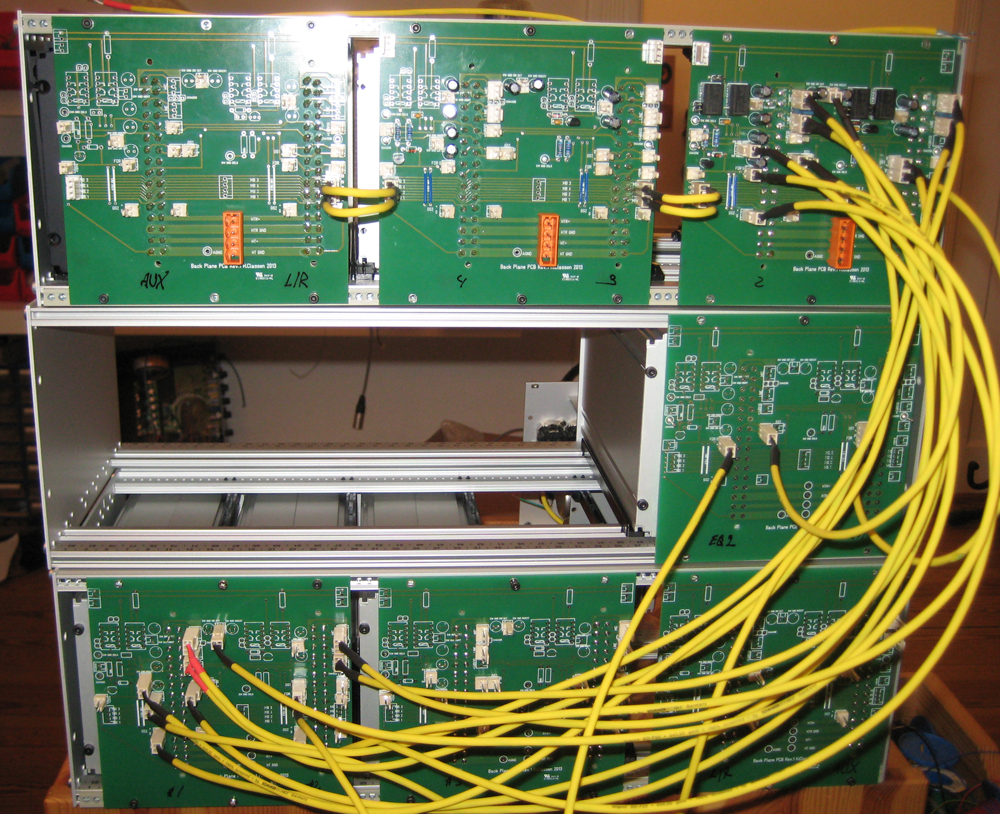ruffrecords
Well-known member
Holger said:ruffrecords said:...
That is a good price for the PCBs. Did you stick to 1.6mm thickness?? I used 2.5mm for mine for some added strength.
...
1.6mm thickness. Another advantage of the relatively small PCB size.
I just checked the on line price of a PCB 128.4mm square with my two regular suppliers and both are more expensive the 9 Euros for 20 off. Where did you get the boards made?
Cheers
Ian



































